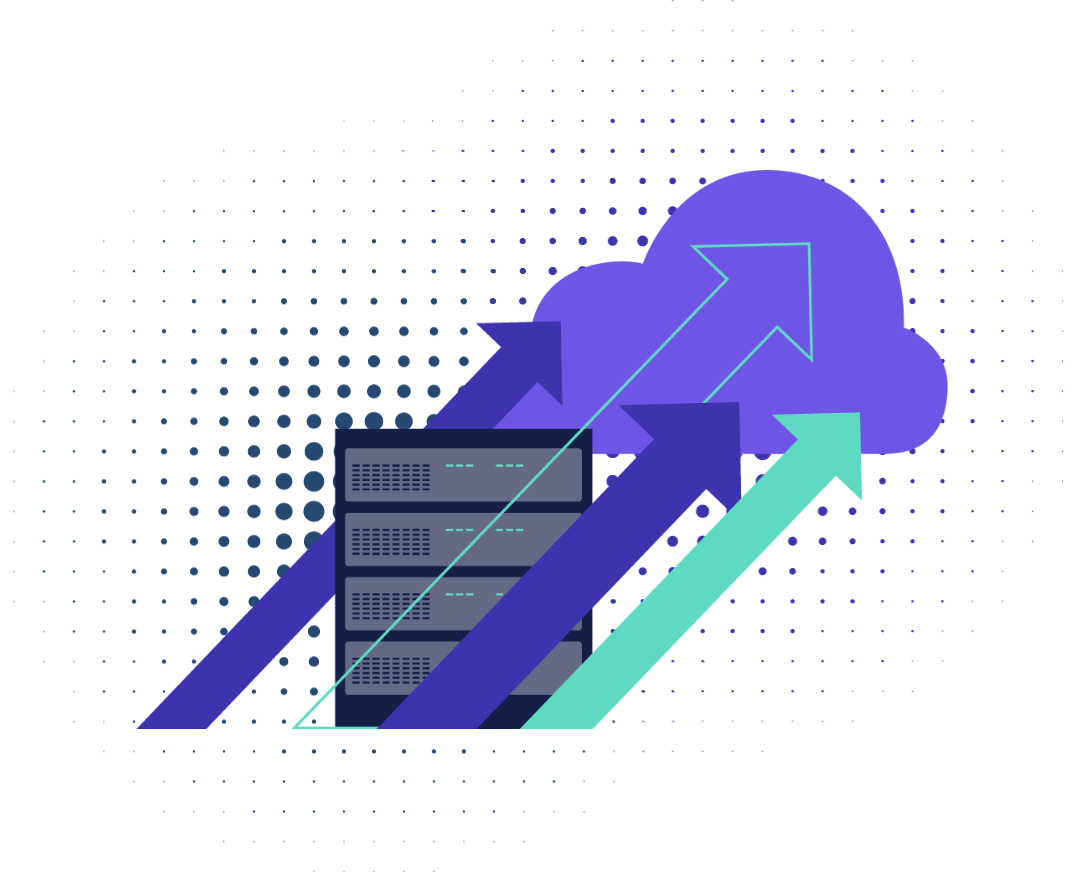In today's rapidly evolving digital landscape, embracing cloud computing has become a critical component of business strategy. Companies that prioritize their move to the cloud gain a competitive edge by harnessing the scalability, flexibility, and cost-efficiency it offers. In this blog post, we'll explore why the cloud is important, what to consider when planning your migration, and how tools like OrbusInfinity can support your prioritization efforts.
Why prioritize the cloud?
1. Scalability and flexibility
The cloud allows businesses to scale their resources up or down quickly, ensuring that you only pay for what you use. This flexibility is crucial in meeting changing customer demands and adapting to market fluctuations. A 2022 report from Gartner titled ‘Devise an effective Cloud Computing Strategy by Addressing 5 Key Areas’Devise an effective Cloud Computing Strategy by Addressing 5 Key Areas’ highlighted the cloud’s power in increasing business agility and competitive advantage.
2. Cost efficiency
Cloud computing reduces the need for extensive on-premises infrastructure, resulting in significant cost savings. In fact, a report from digital analyst Gitnux highlighted that the cloud can reduce infrastructure costs by 20%, energy costs by up to 60%, and storage costs by 40%.
3. Enhanced security
Cloud providers invest heavily in security measures, often surpassing what individual businesses can achieve on their own. According to a Salesforce article, many organizations credit the cloud for improving their security posture and making it easier to meet government compliance requirements.
4. Remote work enablement
The COVID-19 pandemic highlighted the importance of remote work capabilities. Cloud-based tools and services enable seamless remote collaboration and access to essential business applications from anywhere in the world, with the Forbes Technology Council describing the cloud as ‘the backbone of remote work’.
What to move, when, and where
When planning your cloud migration strategy, it's essential to consider several factors:
1. App shelf-life
Evaluate the shelf-life of your existing applications. Some legacy apps may not be supported in the cloud, making them prime candidates for replacement or redesign.
2. Sustainability impact
Consider the environmental impact of your cloud migration. Some cloud providers prioritize sustainability, allowing you to choose more environmentally friendly options to reduce your carbon footprint.
3. Cost performance analysis
Carry out a cost performance analysis for each application or workload. Some may benefit from cloud migration immediately, while others may require optimization before the move.
4. Data sensitivity
Classify your data based on sensitivity and regulatory compliance requirements. Ensure that you choose the appropriate cloud deployment model (public, private, or hybrid) to meet your data security needs.
OrbusInfinity: Your prioritization partner
OrbusInfinity offers a robust solution to help you prioritize your cloud migration effectively. With its intuitive interface, you can access the right information at the right time to make data-driven decisions. By identifying redundant technology and cost drivers quickly, you can free up resources for innovation and drive business growth.
Additionally, OrbusInfinity provides full transparency and control, minimizing risks and ensuring more predictable outcomes. It also assists in maintaining stronger regulatory compliance, which is essential in today's business landscape.
In conclusion, prioritizing your move to the cloud is not just a technological decision; it's a strategic imperative for businesses aiming to thrive in the digital era. By understanding the importance of the cloud, what to move, when to move it, and leveraging tools like OrbusInfinity, you can streamline your cloud migration journey and position your organization for long-term success.







